A Day in the Life of a Graphic Designer
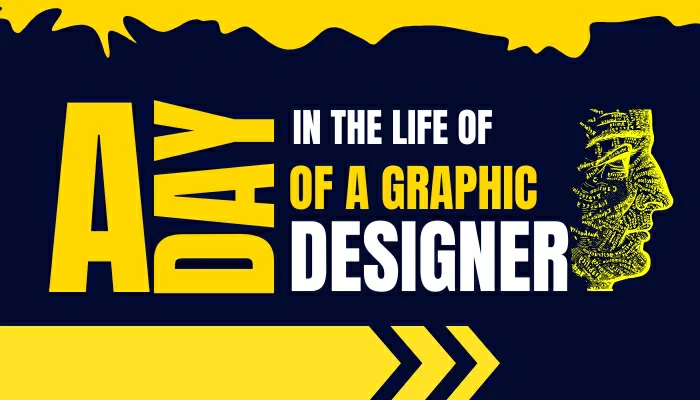
The journey of a graphic designer involves more than just creating visuals; it’s a quest to explore human experiences and achieve visual excellence. Their artistic creations elicit emotions and convey messages, shaping perceptions. The designs transcend cultural and societal barriers, communicating universally and uniting people.
Creativity is not a mere buzzword but a way of life. Designers embrace challenges as opportunities for growth, using them as stepping stones to push the boundaries of their craft. They thrive on the exhilaration of solving complex problems with innovative solutions, blurring the lines between art and functionality.
The result is a visual symphony that dances between aesthetics and purpose, leaving an unforgettable impression on the hearts and minds of its audience.
Table of Contents
Introduction to Graphic Designing
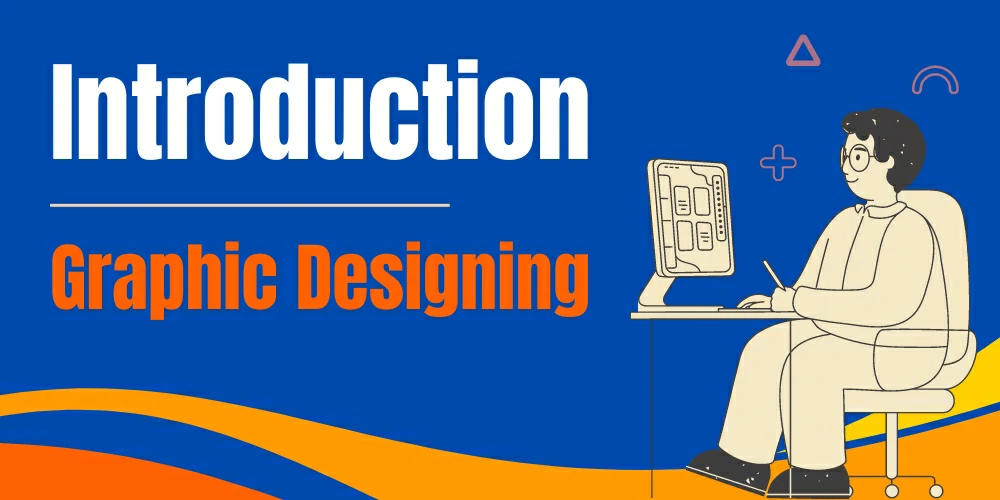
Graphic design is the art of visual communication through typography, photography, and illustration. It combines text and images to convey a message or evoke a specific emotion. Whether it’s designing logos, websites, or marketing materials, graphic designers play a crucial role in shaping how we perceive the world around us.
What Does a Graphic Designer Do?
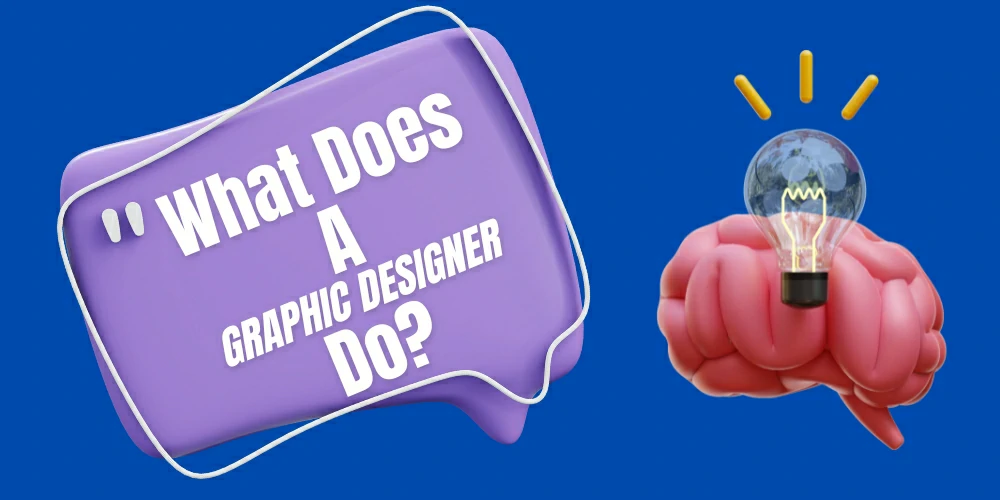
As a graphic designer, your role is multifaceted and dynamic. You are responsible for creating visual concepts to communicate ideas that inspire, inform, and captivate consumers. This involves using various tools and techniques to bring concepts to life, whether designing logos, websites, advertisements, or product packaging.
A graphic designer’s work goes beyond aesthetics; it also involves understanding the target audience and tailoring designs to meet their needs and preferences. This requires creativity, critical thinking, and attention to detail.
Morning Routine
Waking Up
Like many professionals, the day of a graphic designer typically begins with the sound of an alarm clock. After a restful night’s sleep, they wake up refreshed and ready to tackle the day ahead.
Breakfast and Coffee Ritual
Before diving into work, many graphic designers start their day with a hearty breakfast and a steaming cup of coffee. This ritual provides fuel for the day and serves as a moment of relaxation and reflection.
Getting Started with Work
Checking Emails and Messages
Once fueled up, graphic designers dive into their inboxes to check for urgent emails or messages from clients or team members. Clearing their inbox helps them prioritise tasks and stay organised throughout the day.
Planning the Day’s Tasks
After sorting through emails, graphic designers take a moment to plan their day. They review their project schedule, deadlines, and any meetings or appointments they have lined up.
Creative Process
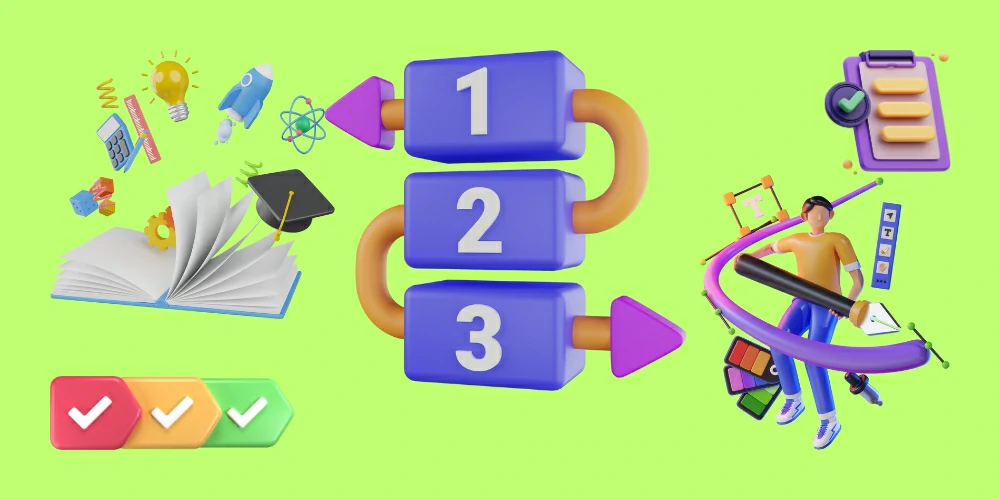
Brainstorming Ideas
With a clear plan, graphic designers begin the creative process by brainstorming ideas for their current projects. This stage involves research, exploration, and experimentation to generate innovative concepts.
Sketching and Conceptualizing
Once they have a solid concept, graphic designers put pen to paper (or stylus to tablet) and start sketching their ideas. This hands-on approach allows them to refine their concepts and bring their vision to life.
Tools of the Trade

Software and Applications
In today’s digital age, graphic designers rely heavily on software and applications to bring their designs to fruition. These tools are essential for creating stunning visuals, whether it’s Adobe Photoshop, Illustrator, or InDesign.
Graphic Design Equipment
In addition to software, graphic designers rely on various equipment such as computers, tablets, and styluses. Investing in high-quality equipment ensures smooth workflow and professional results.
Collaborating with Clients
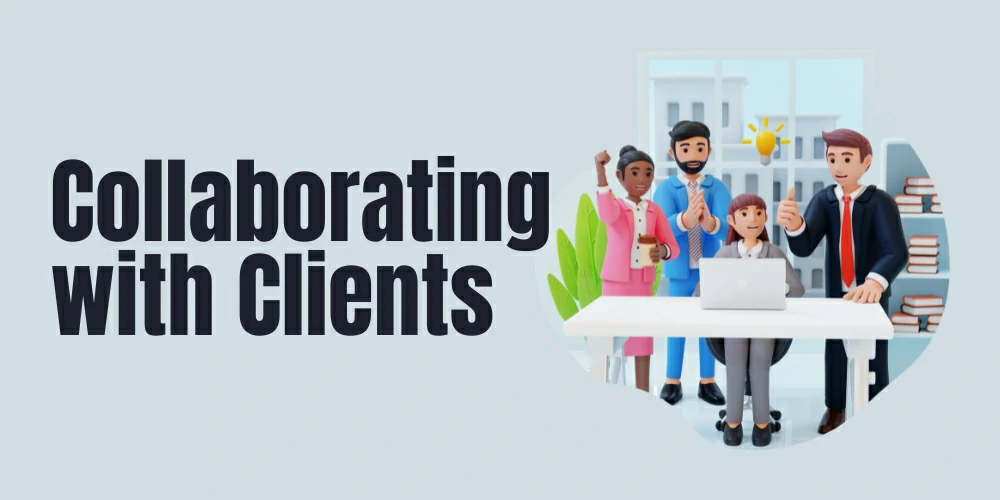
Communication and Feedback
Graphic design is collaborative, and effective communication is crucial to success. Graphic designers regularly interact with clients to understand their vision, provide updates, and solicit feedback.
Revisions and Iterations
Feedback is an integral part of the design process, and graphic designers are accustomed to making revisions based on client input. This iterative approach ensures that the final product meets the client’s expectations.
Lunch Break
Refreshment and Recharging
After a busy morning, graphic designers take a well-deserved break to recharge their batteries. Whether enjoying a home-cooked meal or taking a stroll outside, this time away from the desk helps them refocus and re-energise for the afternoon ahead.
Afternoon Tasks
Continuing Design Projects
With lunch out of the way, graphic designers dive back into their projects with renewed focus and energy. Whether they’re refining designs, meeting deadlines, or attending meetings, the afternoon is filled with creative endeavours.
Meetings and Presentations
In addition to design work, graphic designers often attend meetings or presentations with clients or colleagues. These interactions provide opportunities to discuss project progress, address concerns, and align on the next steps.
Overcoming Challenges
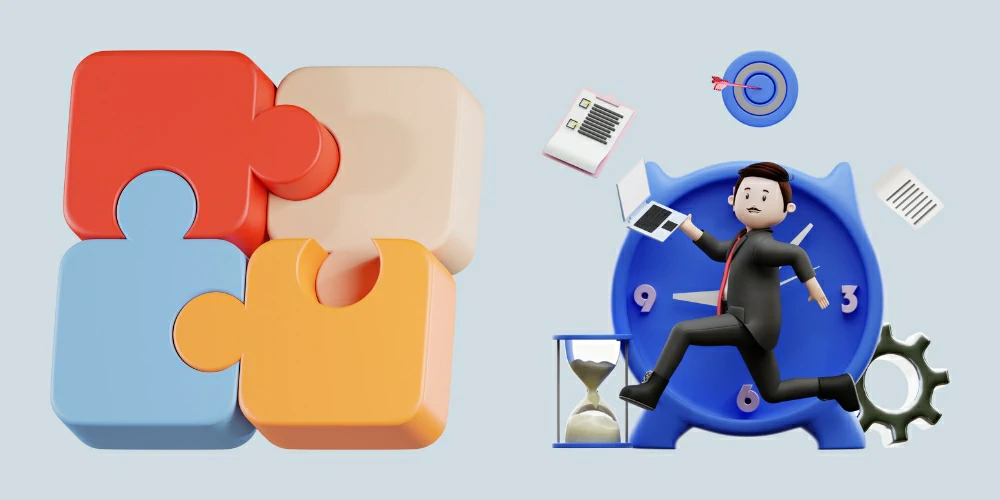
Creative Blocks
Like any creative profession, graphic design has its fair share of challenges. From creative blocks to technical issues, graphic designers must navigate obstacles patiently and persistently.
Time Management
With multiple projects, time management is crucial for graphic designers. They must juggle deadlines, prioritise tasks, and allocate time effectively to ensure timely delivery of quality work.
Wrapping Up the Day
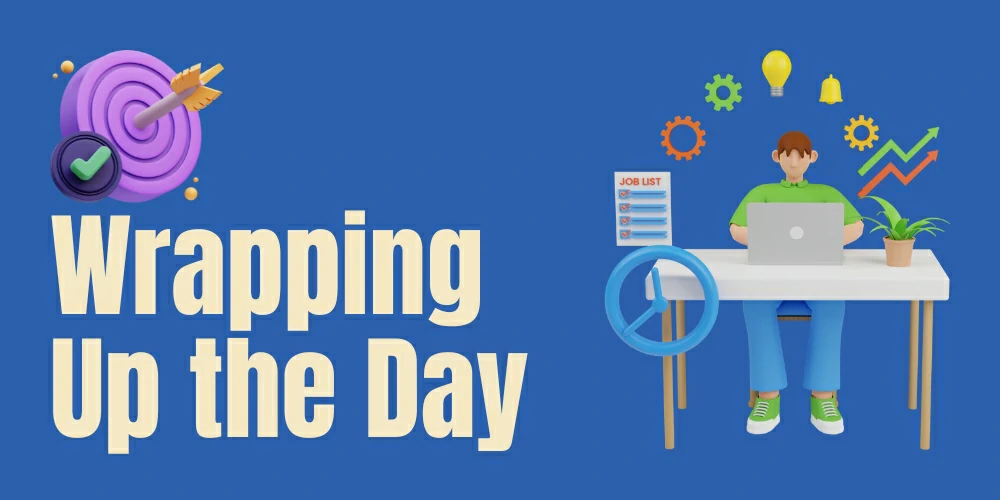
Finishing Pending Tasks
As the day draws closer, graphic designers focus on wrapping up any pending tasks or loose ends. This may involve putting the final touches on a design, sending out deliverables, or preparing for the next day’s work.
Organising Files and Documents
Organisation is critical in graphic design; designers spend time tidying up their files and documents to maintain a clutter-free workspace. Proper file management ensures easy asset access and facilitates collaboration with team members.
Graphic Designer Life

The life of a graphic designer is filled with creativity, challenges, and fulfilment. Each day brings new opportunities to flex your creative muscles and bring ideas to life through visual communication.
From brainstorming sessions and sketching out concepts to putting the finishing touches on a design, every moment is an opportunity to unleash your creativity and make a meaningful impact. Whether you’re working in a bustling agency, a corporate environment, or as a freelance designer, the life of a graphic designer is characterised by:
- Constant learning and growth: With technology and design trends constantly evolving, graphic designers must stay updated on the latest tools, techniques, and best practices to remain competitive.
- Collaboration and teamwork: Graphic design is rarely a solo endeavour. Whether you’re collaborating with clients, colleagues, or other creative professionals, effective communication and teamwork are essential for bringing projects to fruition.
- Adaptability and flexibility: The nature of graphic design work can vary significantly from one project to the next. As such, graphic designers must be adaptable and flexible, able to switch gears and tackle new challenges confidently and quickly.
- Passion and dedication: At its core, graphic design is a labour of love. It requires passion, dedication, and a genuine love for the craft to thrive in this fast-paced and ever-changing industry.
Graphic Designer Salary

The salary of a graphic designer can vary depending on factors such as experience, location, industry, and specialisation. According to recent data, the median annual wage for graphic designers in the United States is around $50,000, with entry-level positions starting at around $30,000 and experienced designers earning upwards of $80,000 or more.
Freelance graphic designers’ income can vary based on project type, clients, and negotiation skills. They may charge hourly, project-based, or retainer fees. Designers should consider job satisfaction, work-life balance, and growth opportunities when evaluating compensation.
Day in the Life of a Freelance Graphic Designer
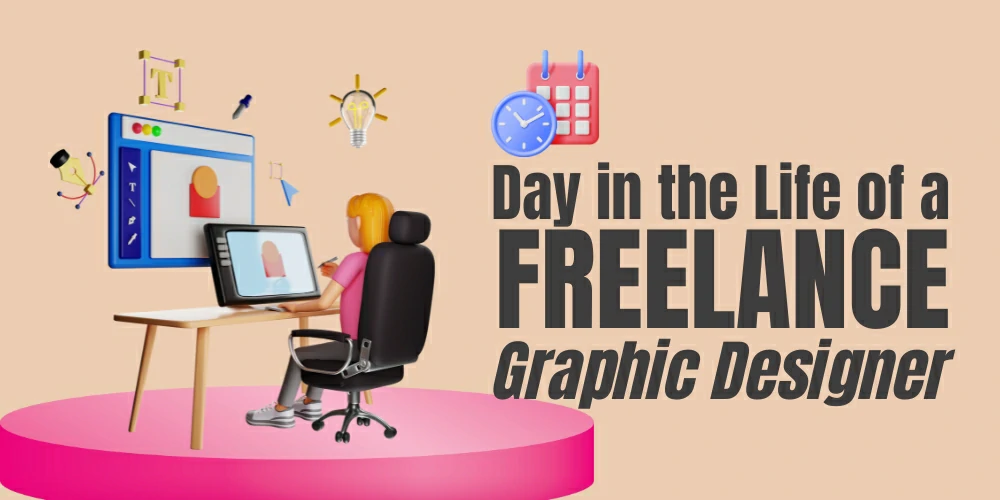
The life of a freelance graphic designer offers flexibility, autonomy, and the opportunity to work on a variety of projects for diverse clients. A typical day for a freelance graphic designer might include:
- Morning Routine: Start the day with a cup of coffee and review emails and project requests from clients. We are prioritising tasks and setting goals for the day ahead.
- Late Morning/Afternoon: I work on design projects, creating logos, developing website layouts, or designing marketing materials. Communicating with clients to provide updates, gather feedback, and discuss project requirements.
- Lunch Break: Take a break to recharge and refuel, whether grabbing a quick bite to eat or going for a walk outside to clear your mind.
- Afternoon: I will continue to work on design projects or attend meetings with clients to present design concepts and discuss revisions. Managing time effectively to ensure deadlines are met, and deliverables are completed to the client’s satisfaction.
- Evening: Wrap up any remaining tasks for the day and review progress on ongoing projects. Taking time to unwind and relax, whether it’s spending time with family and friends, pursuing hobbies, or simply enjoying some downtime.
Life Beyond Work Of a Graphics Designer
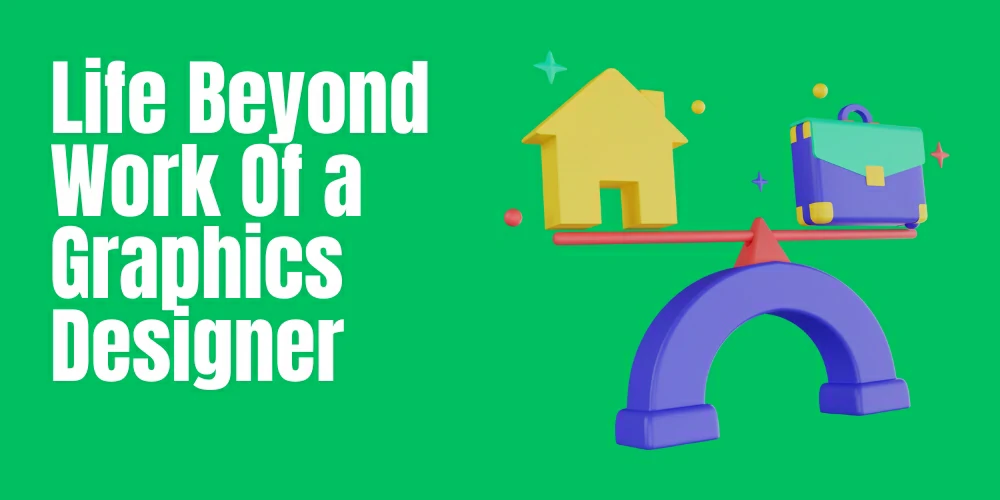
Hobbies and Interests
While graphic design is their passion, designers also make time for hobbies and interests outside work. Whether painting, photography, or playing music, these creative pursuits provide balance and inspiration.
Socializing and Networking
Despite the solitary nature of their work, graphic designers understand the importance of socialising and networking. Building relationships fosters collaboration and growth, Whether attending industry events or connecting with fellow designers online.
Final Words
A day in the life of a graphic designer is a whirlwind of creativity, collaboration, and challenges. From brainstorming ideas to putting the finishing touches on a design, every moment is an opportunity to create something extraordinary.
FAQs
What skills are essential for a graphic designer?
Graphic designers should have a strong understanding of design principles, proficiency in design software, excellent communication skills, and the ability to think creatively.
How important is client feedback in graphic design?
Client feedback is crucial in graphic design as it helps designers understand client expectations, make necessary revisions, and ultimately deliver a product that meets their needs.
What are some common challenges faced by graphic designers?
Common challenges graphic designers face include creative blocks, tight deadlines, client revisions, and staying updated with evolving design trends and technologies.
